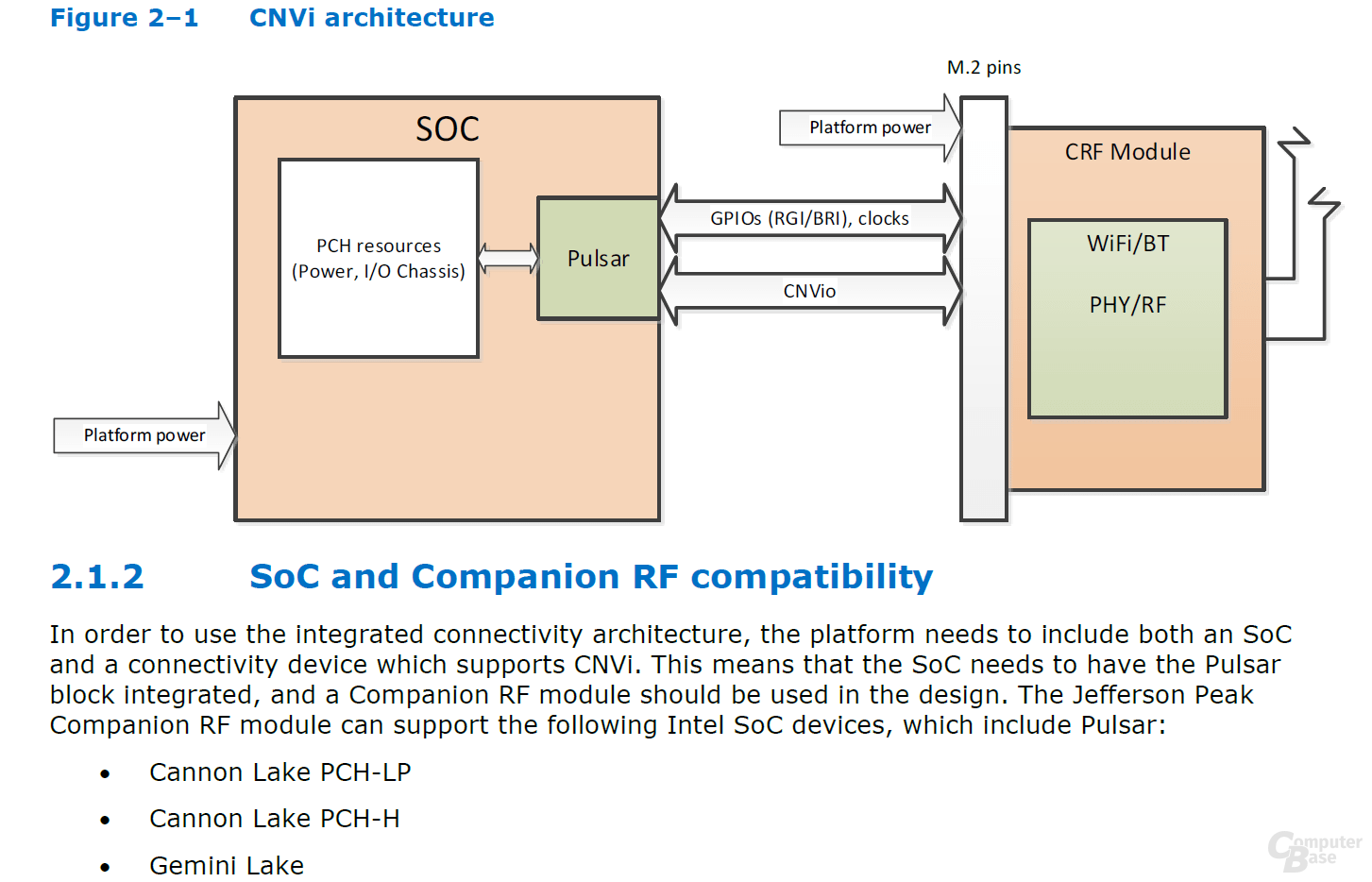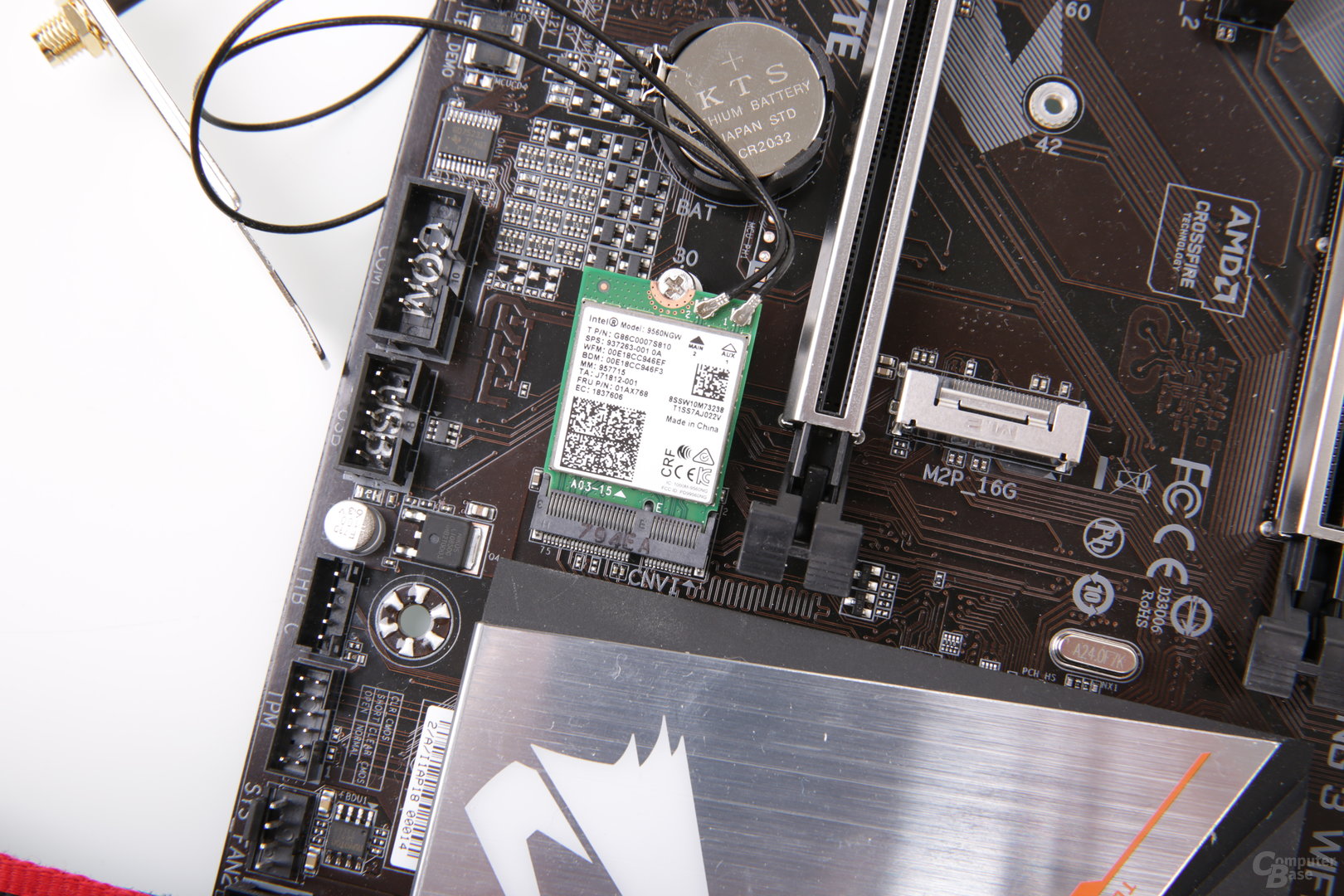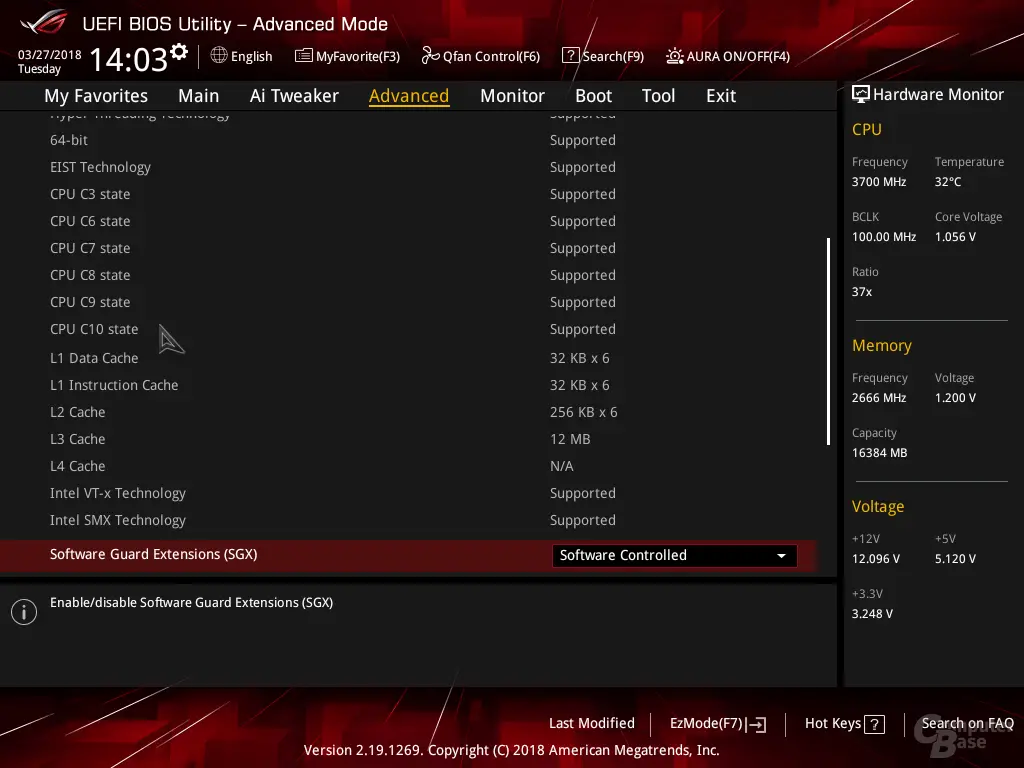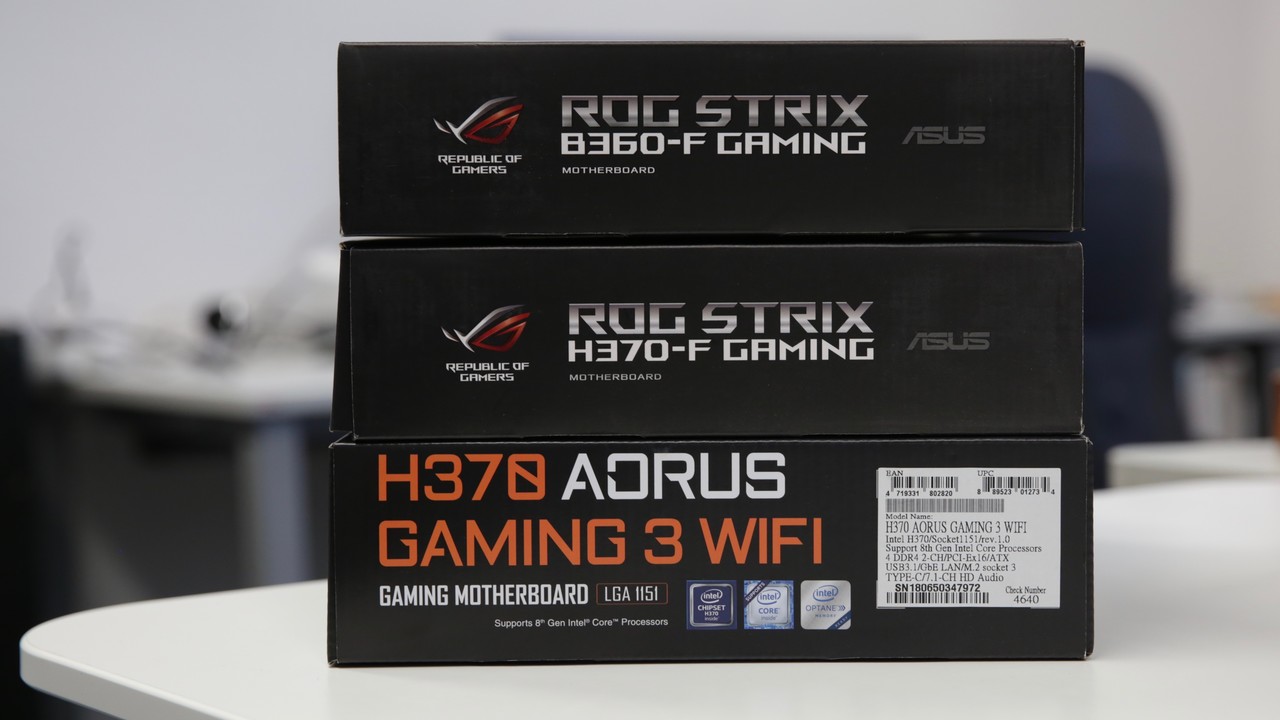– More affordable motherboards are now available for Intel's Coffee Lake processors. The new mainboards with H370 and B360 chipset offer more modern equipment than the Z370 chipset, the performance is identical in the test on three boards from Asus and Gigabyte. The general strike is on OC.
The real new motherboards for Coffee Lake
Almost half a year after the launch of the first Coffee Lake processors, there are now also the new motherboards, or rather motherboards with really new chipsets from the 300 series. Because the Z370 chipset was just a slightly customized Z270, which was made fit for the new architecture. Accordingly, there was no change in the equipment. It is different with today's approaches.
Z370, H370, Q370, B360 and H310 in comparison
The comparison of the Z370 with all new representatives of the "Intel 300 Series Chipsets" is therefore inherently a difficult one. Despite the same name, there are major differences in the details. The internal code name for the new 300 chipsets is "Cannon Lake PCH" (alternatively Cannon Point PCH). This is the Platform Controller Hub for the platform that was originally intended for the Cannon Lake processors. However, reality has caught up with it, even at the beginning of the second quarter of 2018 there are still no 10 nm CPUs. The previous chipsets, however, ran under "Kaby Lake PCH" (Kaby Point PCH), including the Z370.
Technical differences already affect production: from now on, all new chipsets will be manufactured in 14 nm, the old ones will still be manufactured in 22 nm. This makes for a novelty: The fact that the CPU and chipset roll off the production line in the same manufacturing technology has not been seen recently. Because chipsets usually only migrated to the production technology, which will soon expire, while the new one was only available to the CPUs.
Not always with USB 3.1 Gen 2
The most important innovations of the chipsets (with the exception of H310) in terms of their functions is the native support for USB 3.1 Gen 2 (10 Gbps) with up to six ports. Contrary to rumors that are different or misinterpreted, Thunderbolt has not been integrated, this still requires up to two PCIe lanes and an additional controller chip. WLAN, on the other hand, is now partially integrated directly into the chipset, but more on that later.
The Z370, H370 and H310 are officially aimed at private end customers. Q370 and B360, however, to companies. It can quickly be seen how much the H310 chipset has slimmed down this year as well. It is basically the old H110, which was made fit for Coffee Lake. It does not offer USB 3.1 Gen 2, nor does it support PCIe mass storage. As a result, it will hardly be used by some mainboard manufacturers with a focus on private customers, as in this test Asus prefer to use the B360. In view of the price proximity, the handle to a B360 motherboard is indeed always advisable as a minimum.
Integrated WLAN (is still optional)
Although Intel advertises the chipsets with integrated WLAN-ac with combined bandwidth of up to 1,733 Gbps, that's only half the story. Because all functions that are necessary for a WLAN connection are not in the chipset. All sending and receiving components require certification from the authorities. In order not to have to have the entire chipset (PCH) certified, all these functions have been outsourced from Intel, the connection to the corresponding CRF module is made via CNVi. CNVi is now active in three chipset family / SOCs: Gemini Lake, Cannon Lake PCH-H (for all desktops and large notebooks) and Cannon Lake PCH-LP (for U / Y models)

Intel introduced the so-called Companion RF Modules (CRF) from summer 2017. The models Intel Wireless-AC 9560, Intel Wireless-AC 9462 and Intel Wireless-AC 9461 are currently available. They are available either as a well-known M2 solution with E-Key in format 2230 (but only work on a platform with CNVi), or as a much smaller solution "1216 SD" (soldered down) directly on the board.
Since an additional chip is still necessary in the end, not much changes on the mass market. WLAN is common in notebooks, where the new solution can be used without any problems. But it will remain optional on the desktop, as a look at the first test samples of the new mainboards shows. With the Gigabyte H370 mainboard, an M.2 module is included separately in the scope of delivery, the ROG solutions from Asus with H370 and B360 chipsets do without WLAN and do not even offer a suitable M.2-E connector. In the future, however, the spread is likely to increase further.

More power saving modes for the desktop too
Another novelty concerns the power saving modes. The C-States C8 to C10, already known from the notebook since the Haswell ULT family, are now also available on the desktop. So far, this has been the end of C7 since Haswell. At Intel they are known as "Modern Standby". Also included are the so-called extended S0ix States, which describe the standby power consumption of the chipset and ensure that certain parts that are not required are switched off to save electricity.

Motherboards from ASRock, Asus, Gigabyte, MSI and Co.
At least 16 boards from ASRock and Gigabyte, at least 30 main boards from Asus and no less than 27 main boards from MSI will accompany the start of the new chipset family. And as usual, that's not all, because the corporate solutions for the Q370 chipset will only be available with a time delay and generally not in all markets. Also, as usual, not all solutions will be available from all mainboard manufacturers in all parts of the world.
At the start, the portfolio actually available is likely to be very clear, according to retailers. Gigabyte is already very far, Asus, on the other hand, is not yet deliverable, it said in the run-up to the announcement.
Overviews of the solutions of the individual manufacturers will be made in the course of April 3 in separate messages on BitcoinMinersHashrate and then linked here. Because the focus of the article is on another area, more details are omitted here.
On the next page: Two H370 and one B360 board compared to the Z370















